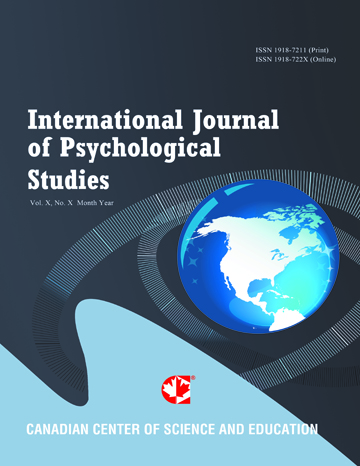Incorporating Land Cover within Bayesian Journey-to-crime Estimation Models
- Joshua Kent
- Michael Leitner
Abstract
Crime occurs within asymmetrical landscapes that are occupied by physical and cultural structures that influencea criminal's behavior in space. These structures manipulate the distribution of available targets and bias the
offender's perceptions of opportunity and target attractiveness. A recent study demonstrated that criminal
geographic profiles can be enhanced to accommodate such ecological characteristics by using land cover
classifications as a proxy for these structures. This study expands on these earlier findings by incorporating land
cover classes within a Bayesian probability framework. Seven traditional and land cover enhanced geographic
profile models for fifty-two burglary, robbery, and larceny serial offenses were compared. Overall, land cover
enhanced models performed significantly better than non-enhanced techniques for measures of search costs
andprobability estimation. Tests measuring a profile's error distance were mixed and failed to confirm
significance between paired comparisons.
- Full Text:
 PDF
PDF
- DOI:10.5539/ijps.v4n2p120
Journal Metrics
1. Citations (March 2025): 10975
3. i10-index (March 2025): 233
For details about the Journal Metrics, please visit the Google Scholar website.
Index
- AcademicKeys
- CNKI Scholar
- Elektronische Zeitschriftenbibliothek (EZB)
- Excellence in Research for Australia (ERA)
- GETIT@YALE (Yale University Library)
- Harvard Library E-Journals
- JournalSeek
- JournalTOCs
- LOCKSS
- MIAR
- Open Access Journals Search Engine(OAJSE)
- Open J-Gate
- PKP Open Archives Harvester
- SHERPA/RoMEO
- Standard Periodical Directory
- The Keepers Registry
- UCR Library
- Ulrich's
- Universe Digital Library
- WorldCat
Contact
- Barbara SunEditorial Assistant
- ijps@ccsenet.org
